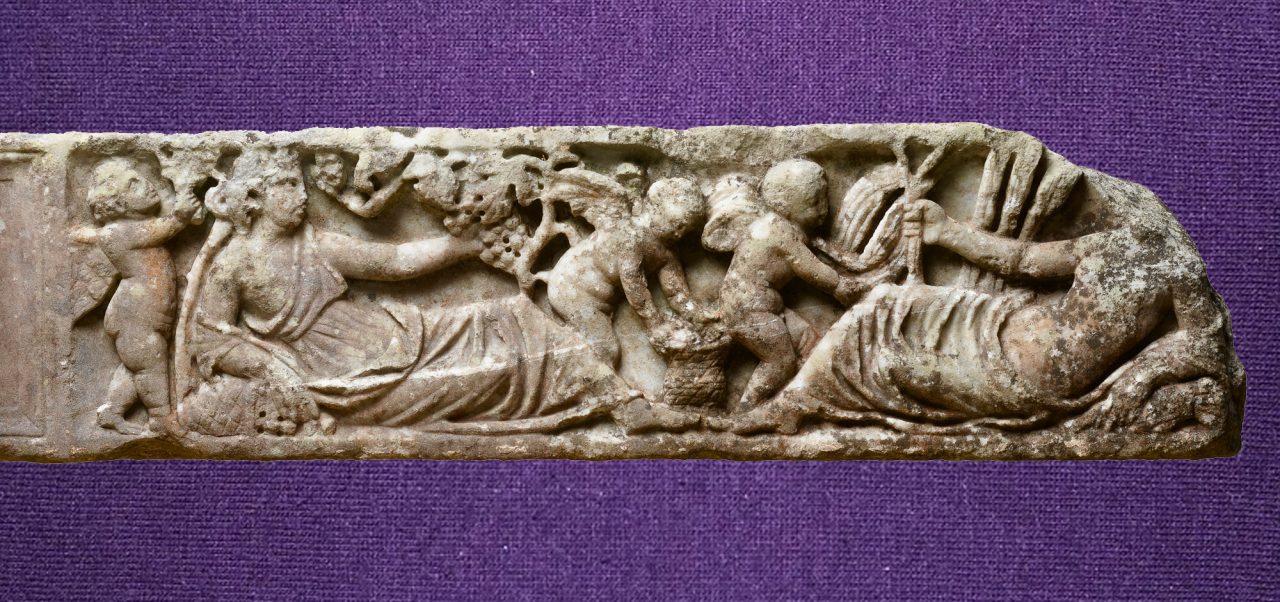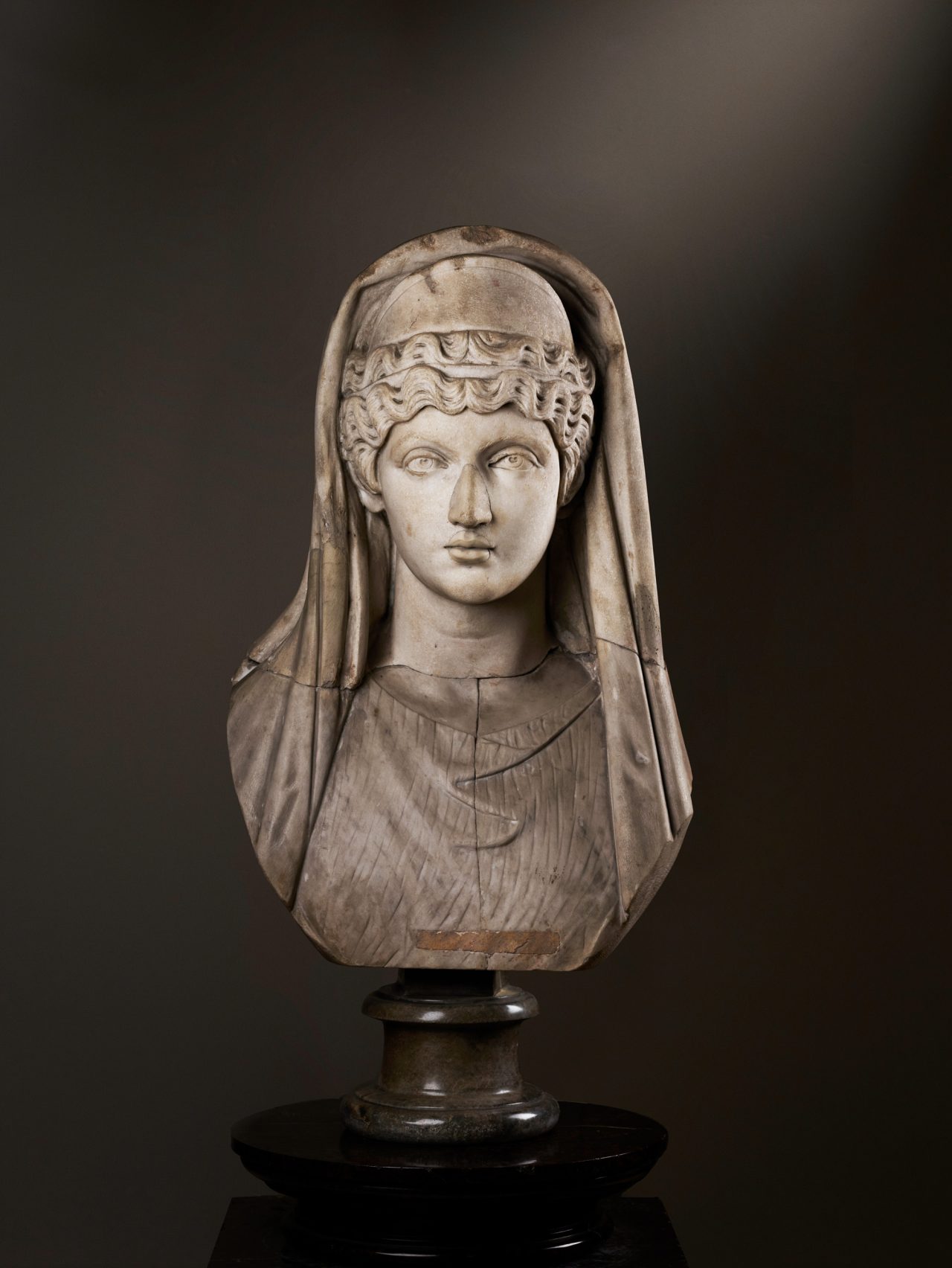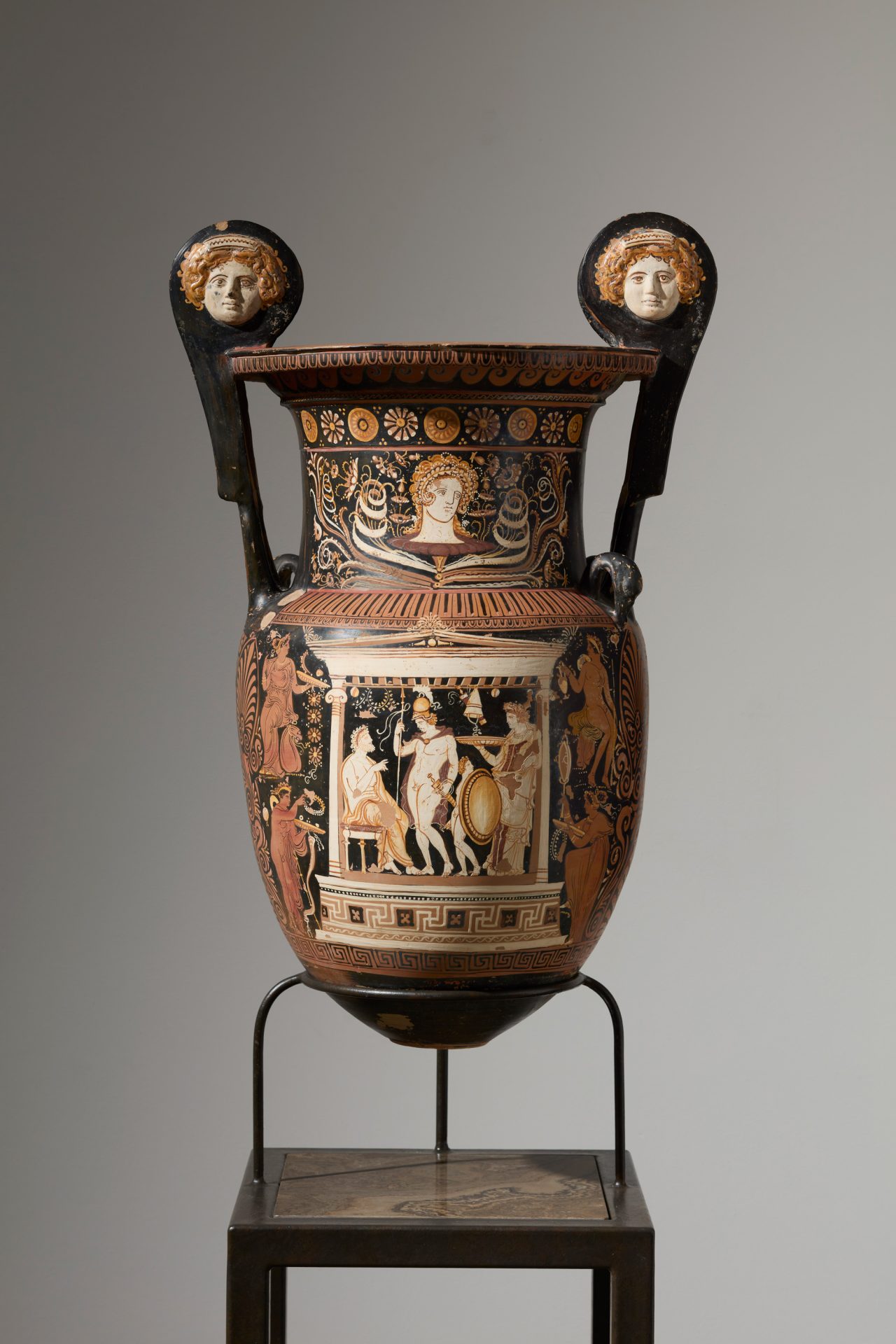A set of Roman busts with 18th Century provenance reached an impressive £1.7m at Lyon & Turnbull’s Classical Art sale.
Bidders from all over the world competed to own three extraordinary over life-size 2nd Century Roman portrait busts which boasted an 18th century provenance linked to the renowned Cobham Hall: they were previously owned by John Bligh, 4th Earl of Darnley (1767-1831), the Lord of the Manor of Cobham, Kent.
A noted amateur cricketer who made at least 27 appearances in first-class cricket matches between 1789-96, Bligh employed the architect James Wyatt to remodel the interiors at Cobham Hall where the sculptures, each now housed on a 19th century stand, remained until the house changed hands in 1957. They were last sold by Sotheby’s in London in July 1957.

Combining decorative appeal, academic importance and a historic provenance, the busts attracted huge interest in the run-up to Lyon & Turnbull’s first designated sale of Classical Ancient Art in London on March 21st. The estimates on all three were shattered as bids came in by phone and online from the UK, the US and Europe.
Luxury
Two 97cm busts, mighty images of the wives of the Roman emperors Trajan and Antoninus Pius, made £745,201 each.
Born around 70 AD, Pompeia Plotina assumed the role of empress consort when Trajan rose through the ranks of the Roman military to become emperor in 98 AD. Known to embrace a life of simplicity and modesty, eschewing the trappings of power and luxury often associated with imperial life, she continued to be revered following Trajan’s death in 117 AD. She was shown here as an idealised beauty with an elaborate coiffure and corkscrew fringe and a palla or mantle draped over the back of her head and the shoulders.

In 138 AD Antoninus Pius would become emperor with his wife Faustina the Elder granted the title of Augusta by the Senate. When she died unexpectedly in 141 AD, Antoninus ensured she was deified and temple dedicated to her in the Roman Forum while coinage was issued with the name of ‘Diva Faustina’. The Cobham Hall bust, an image of the empress in the guise of the goddess Hera, is dated to around 135-140AD.
Trajanic and Antonine portrait sculpture was frequently idealised to accentuate Roman virtues and imperial power. However, with changing artistic sensibilities and philosophical trends, far more naturalism had been permitted during the intervening reign of Hadrian. This is clearly seen in a bust of an older aristocratic lady wearing her hair with the distinctive front tied plaits fashionable in the middle Hadrianic period c.125-130 AD. A privately commissioned rather than civic piece, this sensitively rendered depiction of a woman in her later years commanded £200,201.Classical Ancient Art was the first 16 lots, many with historic provenance, of a 100- lot sale that also included the company’s renowned Form Through Time sale. The sale total of £2.1m was close to four times the global pre-sale top estimate of £550,000.
Elaborate
Two exceptional Apulian volute kraters c.340BC, in a UK family collection since the first half of the 20th century, sold at £93,951 each. Decorated with mythological narratives and scenes from domestic life in the Ornate Style, in the words of Arthur Dale Trendall, co-author of The Red-Figured Vases of Apulia (1991) they feature “perhaps the most elaborate naiskos (temple) scenes from the entirety of ancient Apulian pottery”. They are among the finest surviving work by an artist, known as the White Saccos Painter, who worked in one of the Greek colonies in Southern Italy, probably at Canosa, in the late 300s BC. His or her innovative technique involved applying white slip to the ceramic surface before painting.

After the sale, specialist Alex Tweedy said: “It has been a pleasure researching these highly historic busts over the past number of months. We are delighted to have achieved such outstanding prices for these important objects. They underscore the market’s robust demand for exceptional, well-documented pieces.”
About Lyon & Turnbull
Operating since 1826, Lyon & Turnbull is one of the UK’s premier fine art and antiques auctioneers. The company’s venues in London and Glasgow complement the historic Georgian headquarters in Edinburgh. Hosting over 45 specialist auctions per year across the UK there is always something to see at Lyon & Turnbull: from jewellery and watches to fine furniture; traditional British and European art to Modern & Contemporary stars; European decorative arts and design to fine Asian art from China and Japan.
www.lyonandturnbull.com
See also: Arne Quinze Presents ‘Are We The Aliens_’ in Venice















